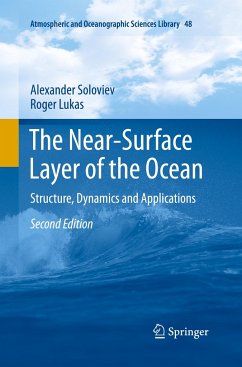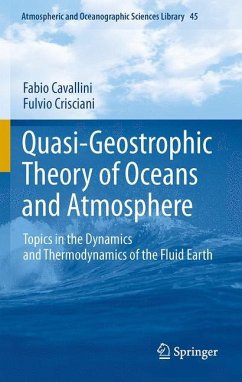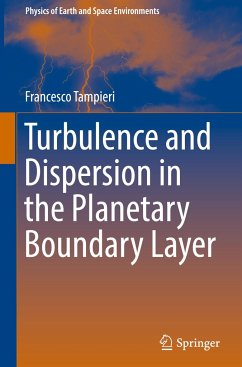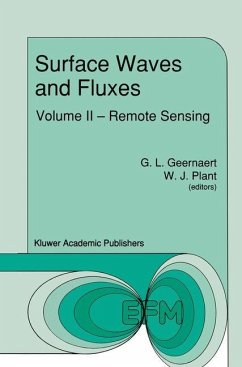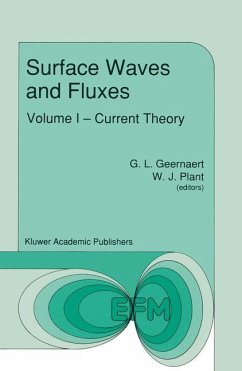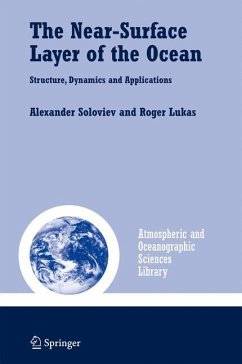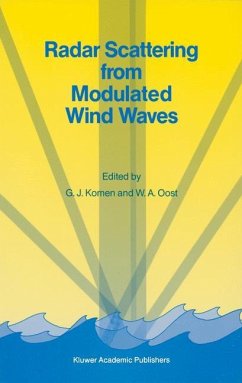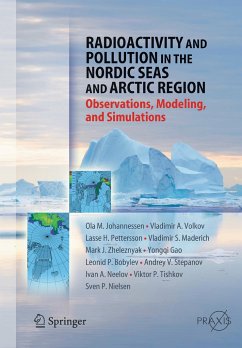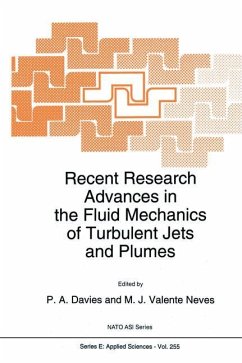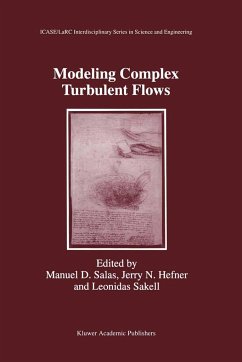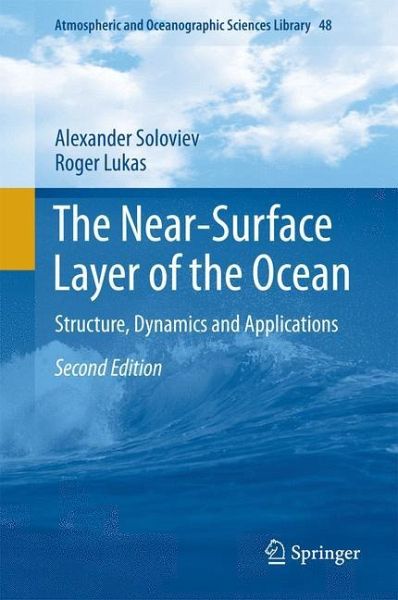
The Near-Surface Layer of the Ocean
Structure, Dynamics and Applications
Versandkostenfrei!
Versandfertig in 6-10 Tagen
115,99 €
inkl. MwSt.
Weitere Ausgaben:

PAYBACK Punkte
58 °P sammeln!
The rationale for publishing a second edition of this monograph is that this area of research continues to show remarkable advancement. The new generation of synthetic aperture radar satellites has provided unprecedented spatial resolution of sea surface features. In addition, satellites to measure sea surface salinity have been launched. Computational fluid dynamics models open new opportunities in understanding the processes in the near-surface layer of the ocean and their visibility from space. Passive acoustic methods for monitoring short surface waves have significantly progressed. Of imp...
The rationale for publishing a second edition of this monograph is that this area of research continues to show remarkable advancement. The new generation of synthetic aperture radar satellites has provided unprecedented spatial resolution of sea surface features. In addition, satellites to measure sea surface salinity have been launched. Computational fluid dynamics models open new opportunities in understanding the processes in the near-surface layer of the ocean and their visibility from space. Passive acoustic methods for monitoring short surface waves have significantly progressed. Of importance for climate research, processes in the near-surface layer of the ocean contribute to errors in satellite estimates of sea surface temperature trends. Due to growing applications of near-surface science, it is anticipated that more students will be trained in this area of research. Therefore this second edition of the monograph is closer to a textbook format.





